Probably the best 3D printed racing drone in the world
3D designer Stefan Obermayr has designed a racing drone frame – specifically optimized for the Markforged series – that is both extremely lightweight and aerodynamic, yet virtually indestructible. He has incorporated his decades of experience in model making and 3D design to develop the perfect racing frame. The result is an extremely clean concept that can withstand any collision while still offering high-performance flight characteristics.
"Only the finest components were used to create arguably the best 3D-printed racing drone in the world! Racing drones must regularly withstand brutal collisions at significant speeds without failing. The race must go on!"

Conventional frames for racing drones consist of several individual components milled from carbon fiber composite panels and bolted together. The design of such frames always compromises strength, weight, and aerodynamics. The wider the CFRP panel, the stronger the frame becomes, but both takeoff weight and aerodynamics suffer. If the frame is heavily optimized for takeoff weight and aerodynamics, it inevitably becomes more susceptible to collisions.
The optimal design of a racing drone frame consists of only a single part, is extremely lightweight, has streamlined arms and is also highly collision-resistant.
The solution to the problem is 3D printing with carbon fiber reinforced plastic in lightweight construction using Markforged 3D printers.
Each continuous fiber is positioned precisely in the direction of tension and only at the exact points where forces actually act. Thus, each individual fiber contributes to the stability of the overall structure.
The interior of the structure can be designed to be largely hollow – and conveniently conceal the necessary engine and supply lines, which would otherwise often be damaged by the very fast rotating propellers in the event of a collision.

Request a DEMO component now!
See for yourself how strong the components are.

Learn more about 3D printing with continuous fibers!
Which continuous filament is suitable for which application? How do I design correctly for filament 3D printing? What do users say about it, and where can I find more information? – You've come to the right place! We've listed several information sources that will help you get the answers you need.





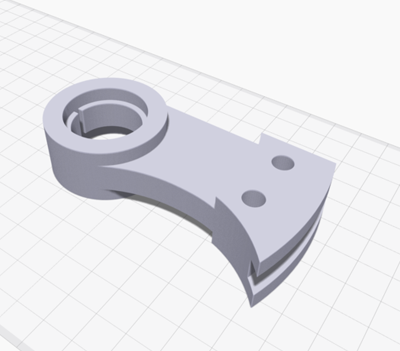
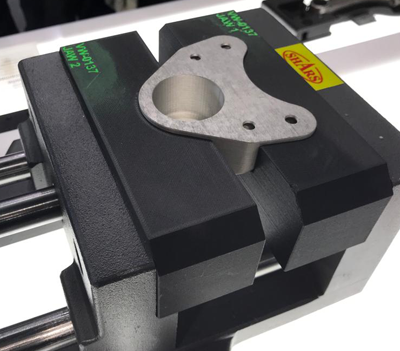
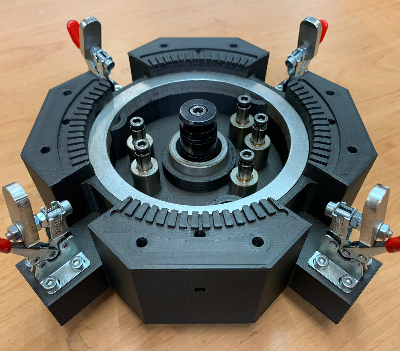

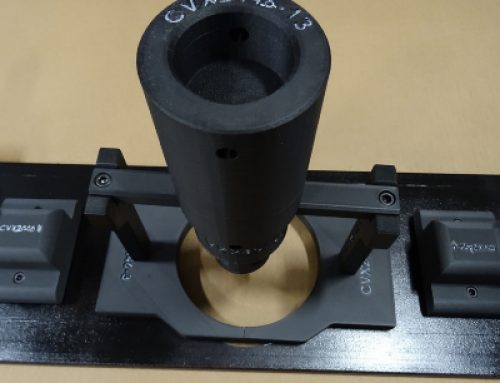
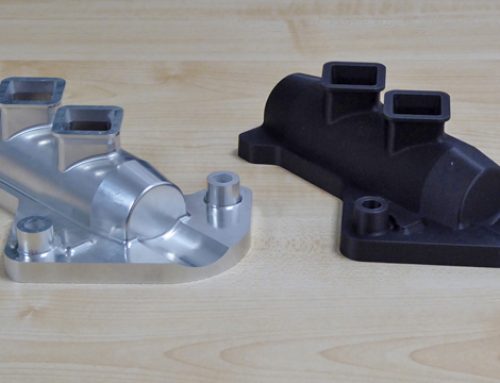

Leave A Comment